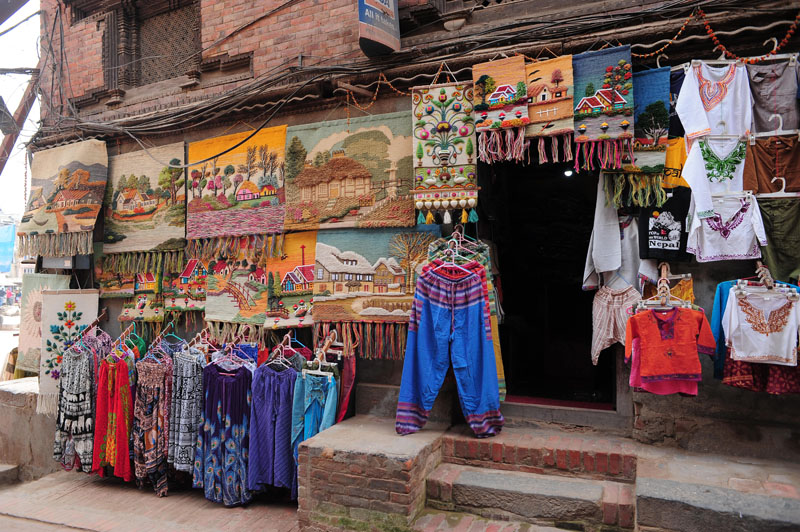New US facility disappoints garment entrepreneurs
Kathmandu, March 12
Garment entrepreneurs, who were betting on boosting their business with the recent enactment of Trade Facilitation and Trade Enforcement Act by the US Congress, have come to realise they were only building castles in the air.
During an interaction with Garment Association Nepal here today, the visiting Deputy Assistant US Trade Representative Dawn Shackleford made it clear that the law does not encompass major garment items produced in the country.
“The Congress, through the law, has authorised the US government to extend duty-free facility to Nepal for 66 items that include pashmina products, headgear, shawls, leather products, scarves, and travel goods (bags, suitcases), among others,” one of the representatives of GAN quoted Shackleford as saying during the interaction. The facility also includes carpet items manufactured in Nepal, which had been excluded by the US government’s Generalised System of Preferences (GSP) facility.
The major garment items produced in the country are shirts, trousers, jackets, suits, among others. However, these items have not made the cut.
Shackleford arrived in Nepal yesterday to hold discussions on the Trade and Investment Framework Agreement (TIFA) council meeting with the government. The TIFA council meeting was expected to be held once a year when the framework agreement was signed in 2011, but has only met once in the US after the agreement was signed.
Shackleford will also prepare a report for USTR regarding the capacity of Nepali industries (related to the products extended duty-free status) to utilise the facility extended by the US government.
After Shackleford cleared the confusion surrounding the new law, disappointed garment entrepreneurs lamented that the recent facility extended by the US government would not be of much support in boosting apparels export to the US. The US has extended this facility for the next 10 years.
The law, already signed by the US President, is expected to come into effect by next month as the US government has said that it will complete procedural stipulations as soon as possible to implement it.
Currently, annual export of Nepali garments to the US hovers at around $8 million per annum. The recent facility will help boost export of those items that have been granted duty-free facility to a level equivalent to the total amount that is being exported at present, according to garment entrepreneurs.
According to GAN President Chandi Aryal, there was room to boost export of garment items if the top garment items produced in the country had been incorporated in the law because the garment factories that were closed after the multi-fibre agreement was phased out in 2005 could be revived.
“But I guess having something that is less than satisfactory is better than having nothing at all,” he said, adding, “It will also open new avenues for fresh investment in setting up new industries and creating employment opportunities in the country.”
Currently, the country’s garment export stands at $50 million annually and the European Union is the biggest market for Nepali garments.






